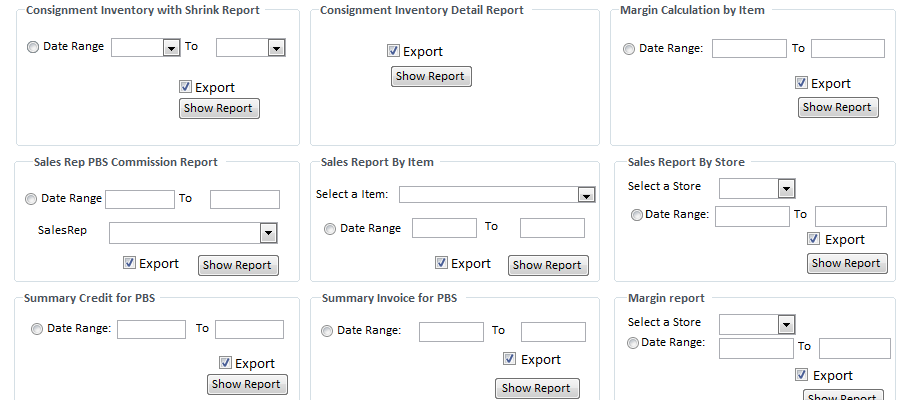How to Create Forms in MS Access?

Creating forms in MS Access is an essential part of building a user-friendly interface for your database. Whether you’re working with simple data entry tasks or complex queries, forms help make interaction smoother. Forms act as windows through which users can view and manipulate data, enabling effective database management.
Why Forms Are Important in MS Access
Forms in MS Access serve several purposes. They:
- Allow users to enter and edit data easily.
- Provide a clear visual layout for viewing records.
- Help ensure accurate data entry by offering validation options.
- Simplify database navigation for non-technical users.
By using forms, you make your database more accessible and user-friendly, which is vital for businesses that rely on effective data management.
Different Types of Forms in MS Access
Microsoft Access offers multiple form types, each suited for specific use cases.
- Single Form
A Single Form displays one record at a time. This is useful when you want to focus on editing or viewing specific data without distractions.
- Continuous Form
A Continuous Form allows you to view multiple records simultaneously. This is helpful for data comparison or when working with a large dataset.
- Split Form
A Split Form shows both a form view and a datasheet view in one window. This is ideal for those who want the flexibility to interact with data in multiple formats.
How to Create a Simple Form in MS Access
Let’s walk through the steps to create a basic form.
- Step 1: Open Your Database
Open your existing Access database or create a new one. Ensure you have at least one table ready.
- Step 2: Select the Table or Query
Select the table or query that you want to use as the data source for your form. This ensures the form pulls the right data.
- Step 3: Use the Form Wizard
Using the Form Wizard is one of the easiest ways to create a form:
- Navigate to the “Create” tab.
- Select “Form Wizard.”
- Choose the table or query you selected earlier.
- Follow the on-screen instructions to complete your form setup.
Using the Form Design Tool
For more customization, the Form Design Tool is the way to go.
Design View vs. Layout View
- Design View offers complete control, allowing you to edit each aspect of the form.
- Layout View provides a more visual, WYSIWYG (What You See Is What You Get) approach.
Adding Fields to Your Form
You can drag and drop fields from the Field List into your form. These fields represent the columns in your linked table or query.
Customizing the Layout
Adjust the layout by resizing or rearranging fields to make the form more intuitive for users.
Creating Subforms for Better Data Management
What Is a Subform?
A subform is a form embedded within another form. It’s typically used to display related data.
Creating and Embedding Subforms
To add a subform:
- Use the Subform/Subreport tool from the Design tab.
- Link the subform to your main form via common fields (usually the primary key).
Setting Form Properties
Access allows you to control every aspect of your form via properties.
Form Control Properties
These include text box control, drop-down menus, and checkboxes. You can adjust the settings to define how these controls behave.
Managing Form Behavior
You can manage form behavior, like setting up validation rules, to prevent users from entering incorrect data.
Adding Navigation Buttons to Forms
Navigation buttons allow users to move between records easily. You can add these from the Design tab using the Navigation Button tool.
Incorporating Drop-Down Lists (Combo Boxes) in Forms
Drop-down lists (Combo Boxes) simplify data entry by providing users with predefined options. To add a combo box:
- Use the Combo Box tool in Design View.
- Link it to the appropriate field in your table or query.
Setting Up Form Validation for Accurate Data Entry
To avoid data entry errors, you can set up validation rules:
- Define acceptable data ranges.
- Limit text length or format. This ensures data integrity and improves database reliability.
How to Create a Search Form?
Search forms allow users to find specific records quickly.
Adding a Search Box
Use a text box control for users to type in search terms.
Linking the Search to Data
Write a simple query that dynamically updates based on the text entered in the search box, allowing users to locate records efficiently.
Improving Form Aesthetics
Adding Colors and Themes
You can change the color scheme and apply themes to make the form visually appealing.
Customizing Fonts and Formatting
To make your form readable and attractive, customize fonts and formatting options available in the Design tab.
Saving and Testing Your Form
Once you’ve designed your form, make sure to save it. Test it by entering sample data to ensure everything works as expected.
Conclusion
Creating forms in MS Access enhances data management and improves the user experience. With the right setup, forms allow users to interact with the database in a seamless and efficient manner.
